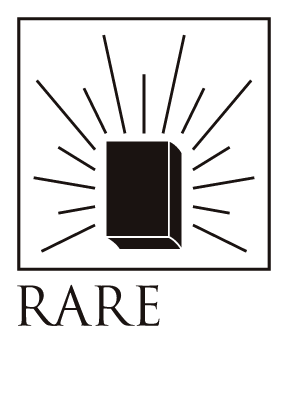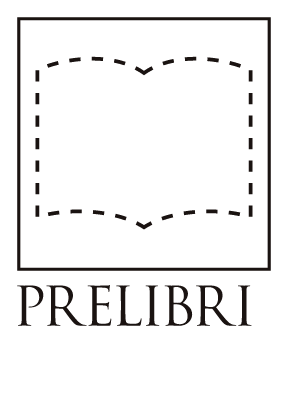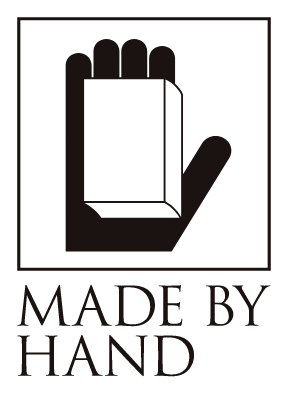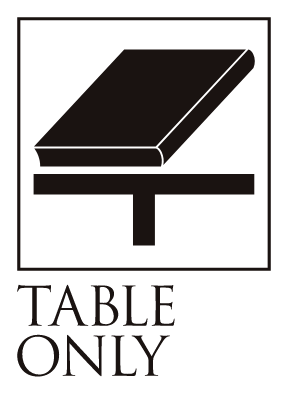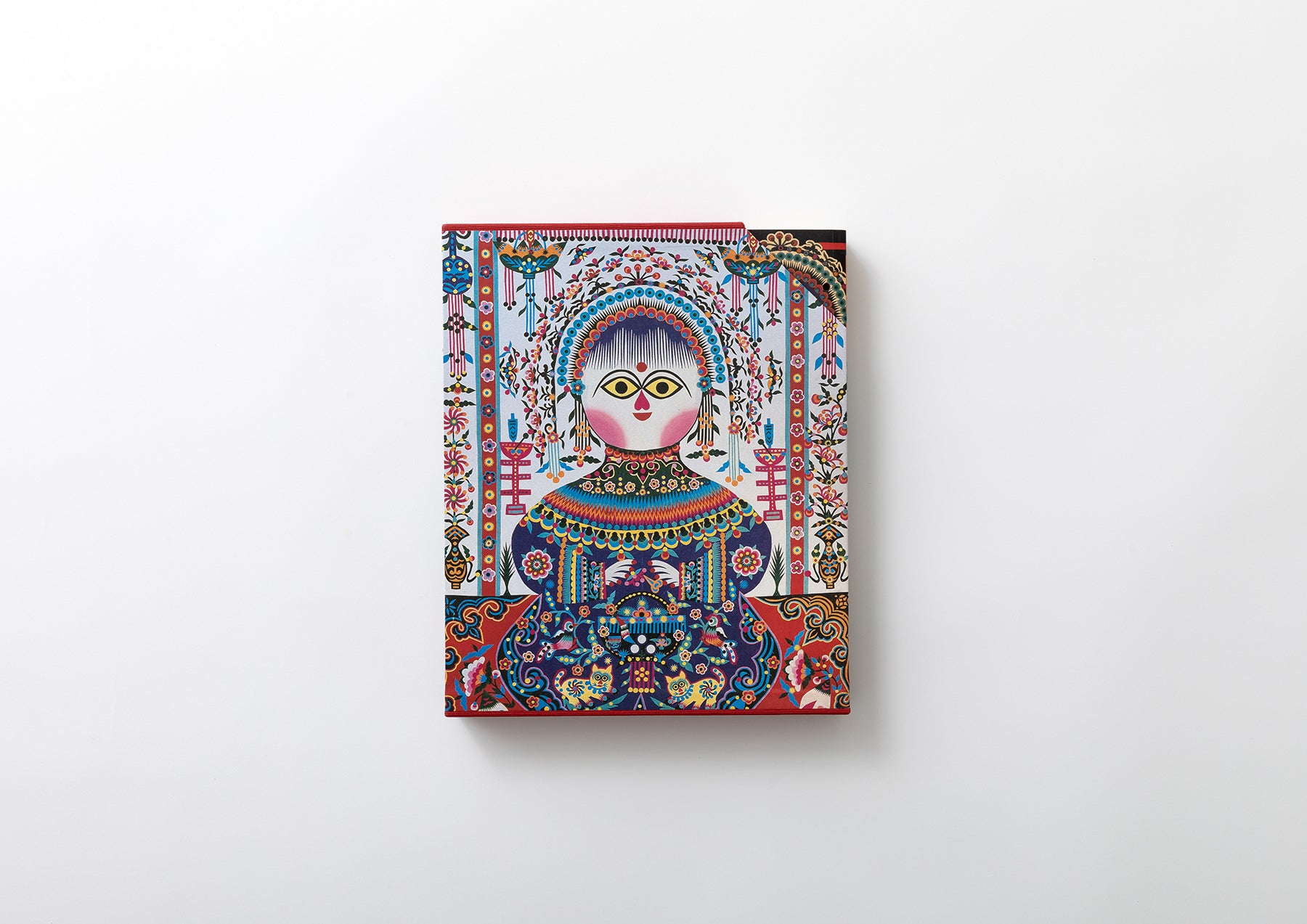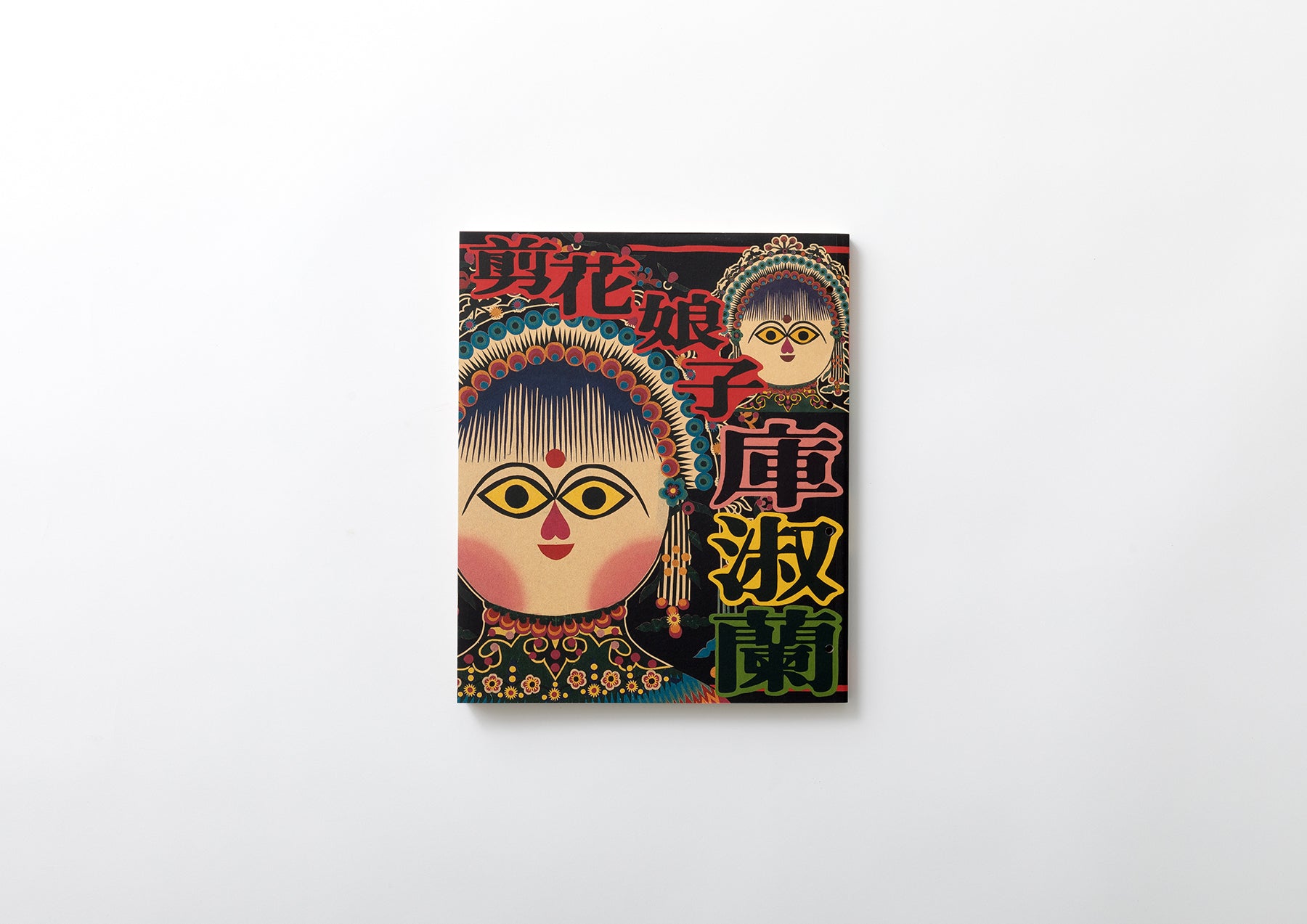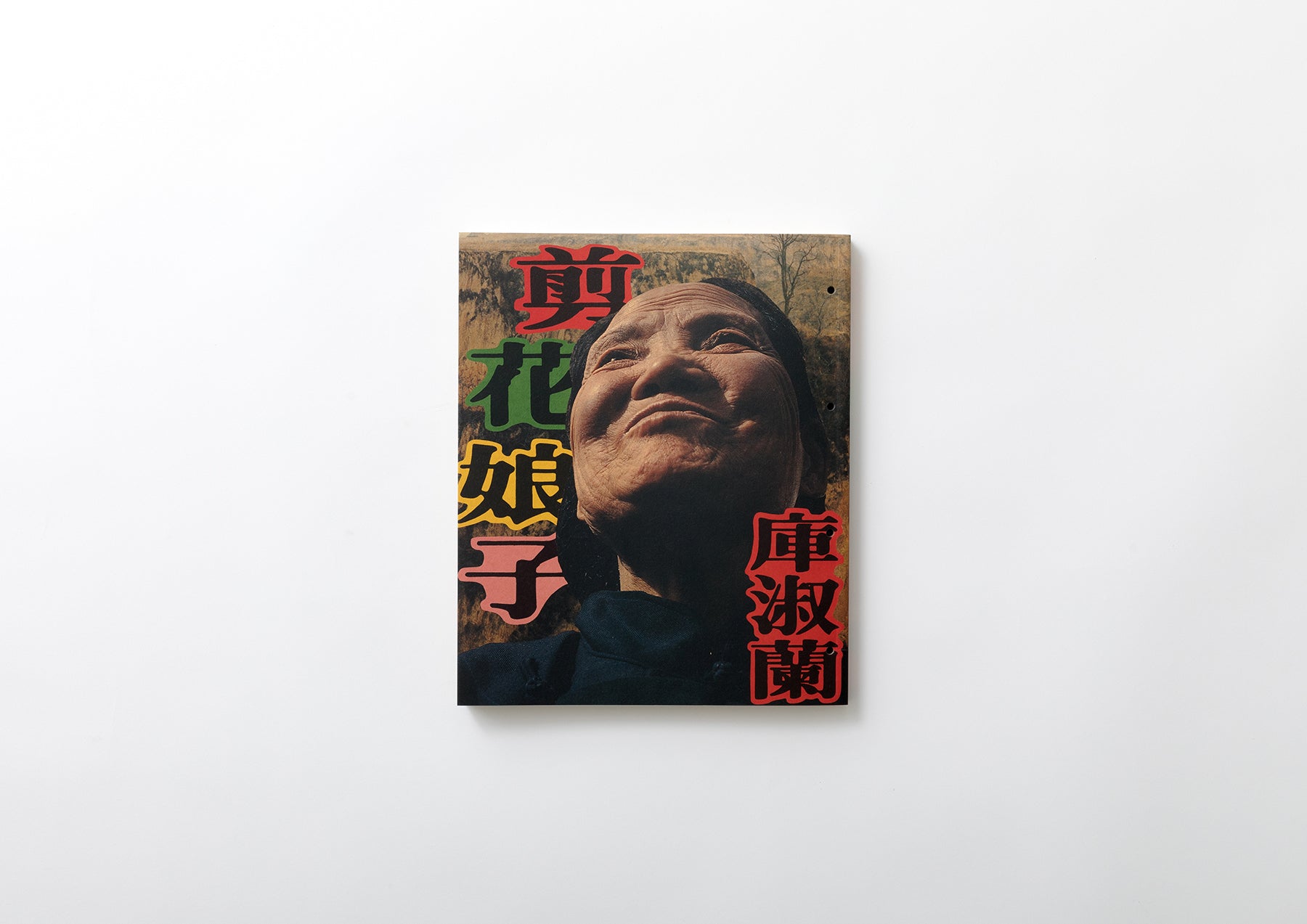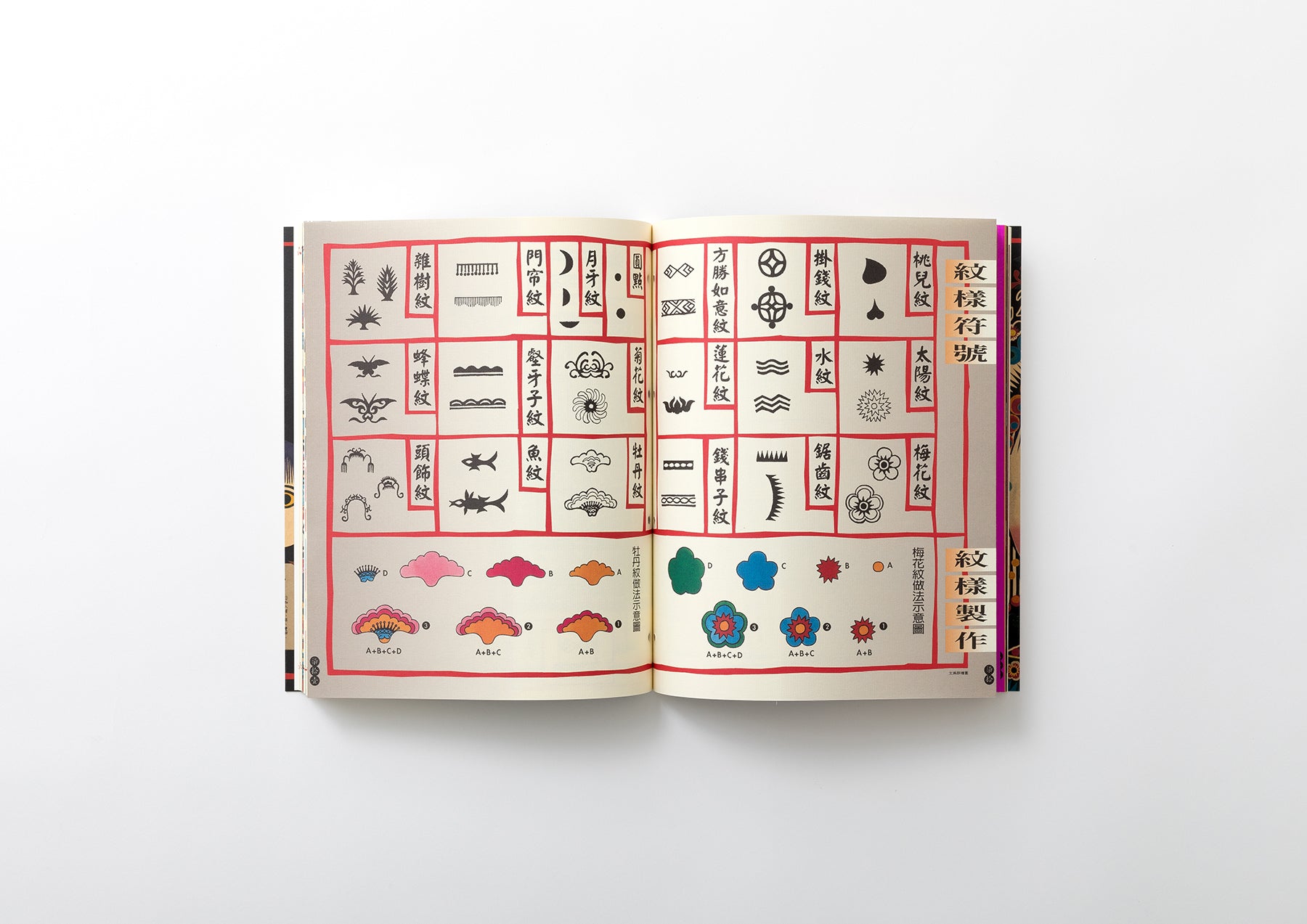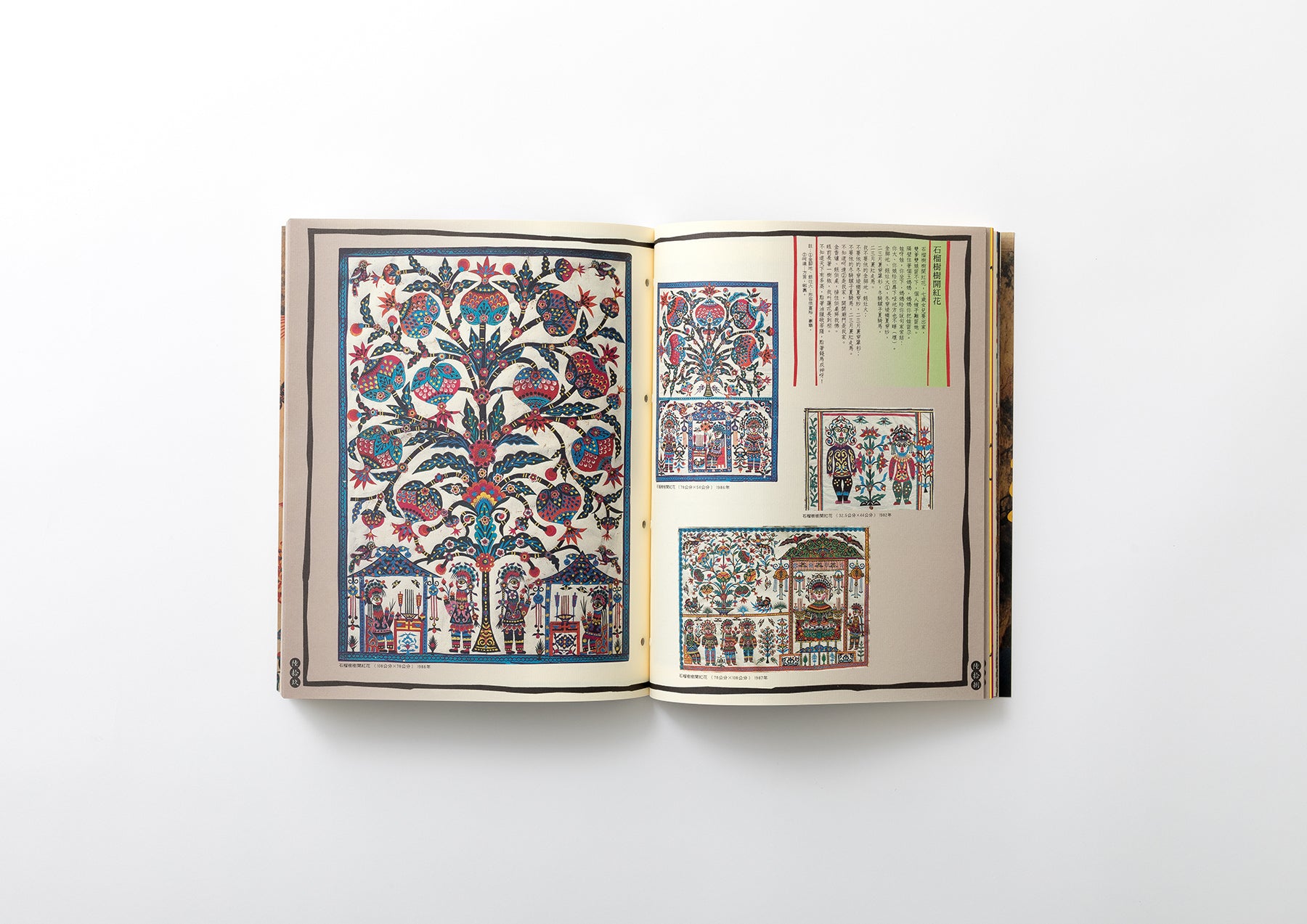Sweet Flower Girls Koshuran
Bibliographic Details
- Title
- 剪花娘子 庫淑蘭(漢聲雑誌99+100)
- Author
- 漢聲
- Editor
- Wu Meiyun / 呉美雲
- Designer
- Xi Song / 奚淞、Yao Mengjia / 姚孟嘉
- Director
- Huang Yongsong / 黄永松
- Publisher
- ECHO PUBLISHING CO., LTD., / 漢聲
- Year
- 1997
- Size
- book: h298 x w247 x d16 mm x2books / case: h305 x w250 x d46 mm
- Weight
- book 840g x2books / with case 1,960g
- Pages
- 304 pages
- Language
- Chinese / 中国語
- Materials
- Very good
文編組_顏素慧、王玉萍 美編組_曾明誠、陳秀美、何麗兒 美工組_李雅玲、方淑怡 美編組_羅敬智 多媒體組 張思惟 編務組 陳基榮 電腦室 尤禮慧 資料組 羅三珠 蔬香譜編輯人員 編輯組_廖雪芳、羅文翠、謝沐璇 田野組_謝朝義、顏霖沼 美術組_陳鳳觀、高鵬翔、高華、謝文瑰、黃秋容、王佩娟 業務副總_馮敬德 財務副總_温碧光
I've never seen paper cuttings like this.
Paper flowers blooming on the Loess Plateau.
«Sharuka Musumeko Kushuran» 1997
China has built up a culture of agriculture and handicrafts for thousands of years since ancient times. Agriculture built the material foundation, while handicrafts nurtured people's high spirituality and diverse aesthetic sense, and these traditions have been passed down to the present day. Today, as we are being baptized by modern science, we are losing opportunities to experience excellent handicraft work and the people who make them.
"Flower-Cutting Girl Ku Shulan" traces the paper-cutting creative process of Ku Shulan (1920-2007), a woman who lived in a kiln on the Loess Plateau in northern Shaanxi Province, People's Republic of China, and explores the unique charm of the paper-cutting craft created by a single folk artist. The publisher is Huang Yongsong of Hansheng, known as the godfather of Taiwanese publishing. This is a miraculous book born from the meeting of a paper-cutting genius and an editing god.
The front and back of the sturdy outer box are printed with two works: "Flower-Cutting Girl," the god of paper-cutting that Ku Shulan created as her own incarnation, and the Tree of Life. Countless people are overwhelmed by the colorful and rich image, which can be said to be Ku Shulan's masterpiece. Inside the sleeve-style box are two softcover books. The first book explains Ku Shulan's unique paper-cutting creation process. First, motifs and patterns are extracted and classified from the work. The content shows the creative process captured in close-up interviews, and presents examples of the various expression methods and techniques that can be used for a single motif. The first half of the second book tells Ku Shulan's own story and the cultural customs of the Loess Plateau in text, and the second half introduces works created in her later years and song lyrics related to each work.
Paper-cutting is an ancient Chinese art of cutting pictures, and in the Loess Plateau where Ku Shulan lived, there is a tradition of women cutting paper in between farming. From annual events to turning points in life, such as paper-cutting for celebrations, funerals, and healing, paper-cutting was an essential part of the lives of the people of the Loess Plateau. Throughout its long history, paper-cutting has developed in different ways in different regions across China, but the main concepts are the same in every region, such as "cutting an image from a single sheet of paper," "using only single-colored paper," "coloring with a brush after cutting out white paper," and "using limited motifs of animals or symbols that are considered to be auspicious." However, Ku Shulan was an exception.
In terms of her work, she used a variety of colored paper, cutting each part into pieces, layering them, and pasting them together with homemade glue, creating her own unique world of paper cutting that no one had ever seen before. The motifs she took up were not based on good or bad luck or tradition, but instead included everyday tableware and furniture, garden trees and fruit, her own dreams and religious paintings, and she simply continued to cut out whatever she wanted to cut out.
Another thing worth mentioning is that she always sang while cutting paper. In this book, lyrics are introduced, ranging from folk songs from the Loess Plateau to playful songs that she arranged herself. The act of cutting paper continuously may have been a way for her to offer prayers, as if to escape from the reality of her impoverished life, as if to make her fantasy become reality.
The first edition was published in Taiwan in 1997 in traditional Chinese. This book is the second edition in traditional Chinese published in 2019. A simplified Chinese version was published in mainland China in 2009.
About Hansei:
Born in Taiwan, Han Sheng magazine is a publication unlike any other in the world. With tenacious editorial skills and imaginative book design, it focuses on the folk culture that is supported by the energy of the Chinese people. Han Sheng's endeavors go beyond the boundaries of Chinese culture and have a strong impact on thoughtful people throughout Asia.

